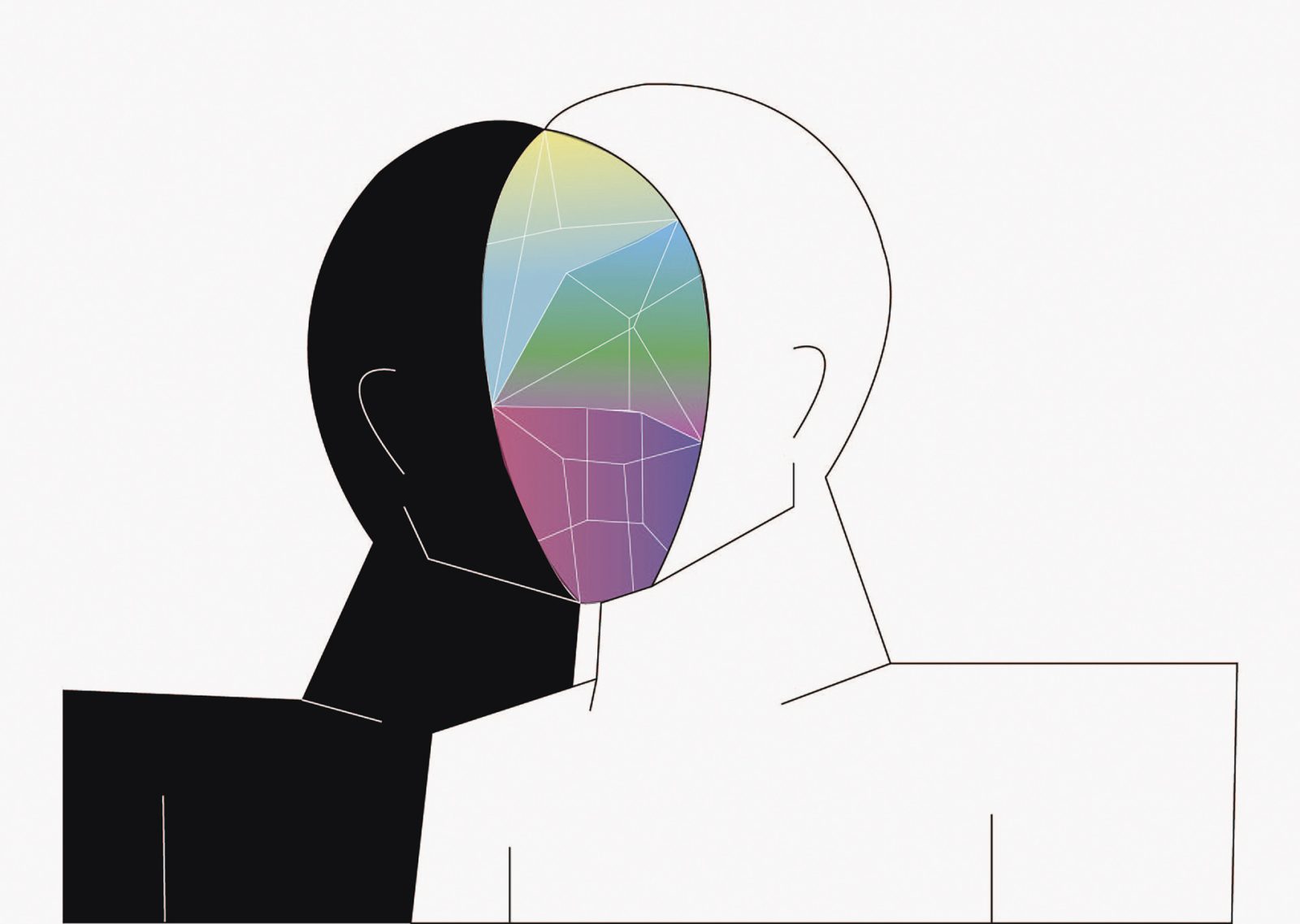
Filmische und reale Gewalt im Slasher- und Backwood-Film
My work addresses staged vs. real violence in backwoods and slasher films. Backwoods and slasher films are two sub-genres of horror films. The focus of my work was the question to what extent violence in these sub-genres is fictional and at which point does it become realistic.
Cinematic violence is fictional: the aim of fictional violence is that it stirs the audience. Appealing aesthetics in violent scenes are provided by sounds, music, movement, and colour. In this way, violence becomes a visual experience that arouses pleasure and does not cause pain. Cinematic violence is, however, also realistic. The social theorist Jan Philipp Reemtsma describes three forms of physical violence in phenomenology: locative, raptive, and autotelic violence. These forms can be found in slasher and backwoods films. As a consequence, the sub-genres examined here establish a link to reality.
Der Schatten
In my practical work, I have focused on the illustration of shadows. In psychology, the shadow is associated with unpleasant personality traits, thoughts, and feelings such as fear, anger, sadness, envy, among others. The shadow is the person one would rather not be. The notion of the shadow was conceived by the psychologist Carl Gustav Jung in his work Archetypes (1902).
The illustrations with a white background depict the rejection of the shadow. A person wears a mask to hide their undesirable qualities. They project their weaknesses onto fellow human beings. When someone denies or rejects their own anger, they condemn anger in others.
The illustrations with a black background show the positive sides of the shadow. For example, fear is a shadow side, yet it suggests caution or chaos as a positive characteristic and creativity and spontaneity as an advantage.




